Nationality American Role Artist Name Wanda Gag | Genre Children\'s literature | |
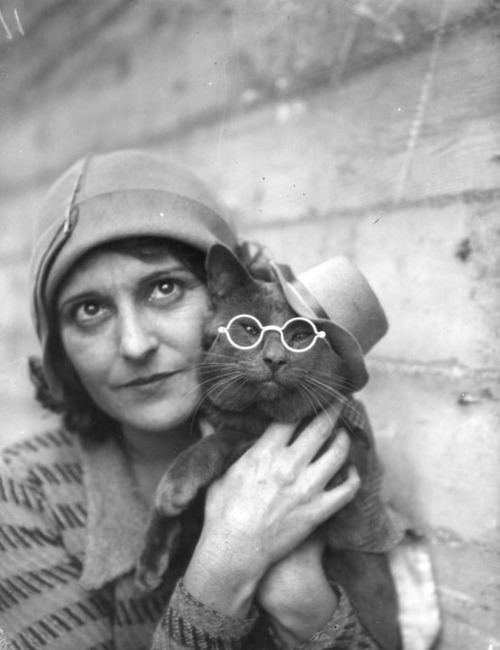 | ||
Occupation Artist, writer, translator Parents Anton Gag, Elisabeth Biebl Awards Caldecott Medal, John Newbery Medal Books Millions of Cats, The ABC Bunny, The Funny Thing, More Tales from Grimm, Nothing at all Similar People Anton Gag, Arnold Lobel, Ted Hughes, Roald Dahl, Deborah Kogan Ray | ||
Newbery 90 second film 2014 million of cats wanda gag 1929
Wanda Hazel Gág /ˈɡɑːɡ/ (1893–1946) was an American artist, author, translator, and illustrator. She is most noted for writing and illustrating the children’s book Millions of Cats, the oldest American picture book still in print. Her books Millions of Cats and The ABC Bunny were recipients of the Newbery Honor Award and Snow White and the Seven Dwarfs and Nothing at All received the Caldecott Honor Award. Gág was also a noted print-maker, receiving international recognition as well as numerous awards for her prints in the 1920s and 1930s. In 1940, Growing Pains, a book of edited excerpts from her diaries (covering the years 1908 to 1917), was published and received wide acclaim. Her prints, drawings and watercolors are in the collections of The National Gallery of Art, the British Museum, The Minneapolis Institute of Arts, The Whitney Museum as well as numerous museums around the world. Some artists who have been inspired by Wanda Gág are: Eric Rohmann, Ursula Dubosarsky, Susan Marie Swanson, Jan Brett, Maurice Sendak, and Ray Johnson
Contents
- Newbery 90 second film 2014 million of cats wanda gag 1929
- Millions of Cats The Classic Childrens Book by Wanda Gag
- Early years
- Art school
- New York
- Books for children
- Family and personal life
- Awards and memorials
- Books
- References
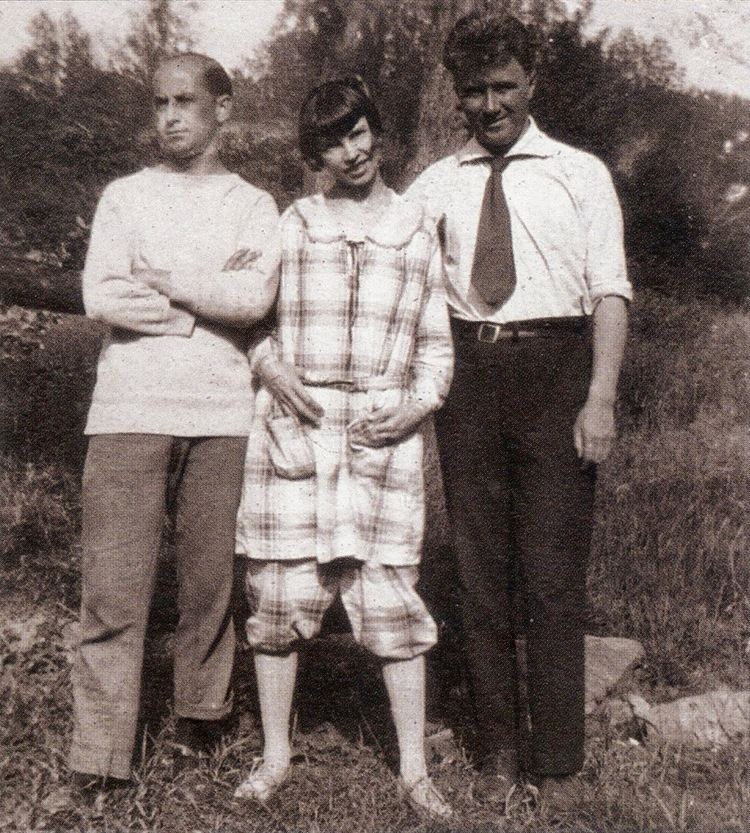
Millions of Cats- The Classic Children's Book by Wanda Gag
Early years
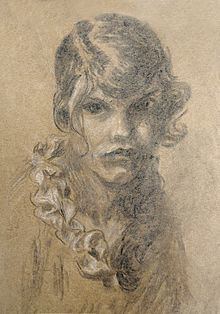
Born March 11, 1893, in New Ulm, Minnesota, to Elisabeth Biebl Gag and the artist and photographer Anton Gag, the eldest of seven children. When still a teen, Gág’s illustrated story "Robby Bobby in Mother Goose Land" was published in The Minneapolis Journal in their Junior Journal supplement. When Gág was fifteen her father died of tuberculosis; his final words to her were: “Was der Papa nicht thun konnt’, muss die Wanda halt fertig machen.” (What Papa couldn’t do, Wanda will have to finish.) Following her father's death, the Gag family was on welfare and some townspeople thought that Wanda should get a steady job to help support her family. She chose to remain in school, however, graduating in June 1912. Wanda then taught country school in Springfield, Minnesota, from November 1912 to June 1913.
Art school
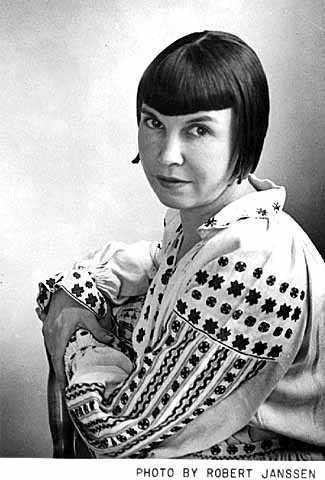
In 1913 Gág began a platonic relationship with University of Minnesota medical student Edgar T. Herrmann who exposed her to new ideas in art, politics and philosophy. From 1913 to 1914, with the aid of friends (and a scholarship), she attended The Saint Paul School of Art. From 1914 to 1917 she attended The Minneapolis School of Art under the patronage of Herschel V. Jones. While there, she became friends with Harry Gottlieb and Adolf Dehn. In 1917 she completed her first illustrated book commission, A Child’s Book of Folk-Lore— Mechanics of Written English by Jean Sherwood Rankin. Gág won a scholarship to the Art Students League of New York and, after her graduation, she moved to New York City where she took classes in composition, etching and advertising illustration.
New York
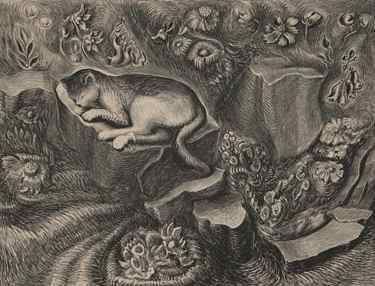
By 1919 she was earning a living as a commercial illustrator. In 1921 she became a partner in a business venture called Happiwork Story Boxes; boxes decorated with story panels on its sides. An illustration of Gág’s was published in Broom: An International Magazine of the Arts in 1921. Her art exhibition in the New York Public Library in 1923 was Gág’s first solo show. In 1924 she began using an accent mark in her last name to aid in its proper pronunciation—her last name rhymes with “log”, not “lag”. She published a folio-style magazine with artist William Gropper titled Folio. In 1925 her series of illustrated crossword puzzles for children was syndicated in several newspapers. Gág’s one-woman-show in the Weyhe Gallery in 1926 led to her being acclaimed as “one of America’s most promising young graphic artists” and was the start of a lifelong personal and business relationship with its manager, Carl Zigrosser. Gág began to sell numerous lithographs, linoleum block prints, water colors and drawings through the gallery. In 1927 her article These Modern Women: A Hotbed of Feminists was published in The Nation, drawing the attention of Alfred Stieglitz and prompting the publisher and designer Egmont Arens to write: “… The way you solved that problem (her relationship with men) seems to me to be the most illuminating part of your career. You have done what all the other ‘modern women’ are still talking about.” Gág illustrated covers of the leftist magazines The New Masses and The Liberator. Her illustrated story Bunny's Easter Egg was published in John Martin's Book magazine for children in 1927. A reviewer of her 1929 joint show with Peggy Bacon (at New York City’s Downtown Gallery) stated: “Wanda Gag’s imagination leaps out from dusky shadows and terrifies with light, an emotional source difficult to analyze…” Her work was recognized internationally, including inclusion in the American Institute of Graphic Arts Fifty Prints of the Year in 1928, 1929, 1931, 1932, 1936, 1937 and 1938. Gág’s work continued to be shown in New York including The Museum of Modern Art 1939 exhibition Art in Our Time as well as the 1939 New York World’s Fair American Art Today show.
Books for children
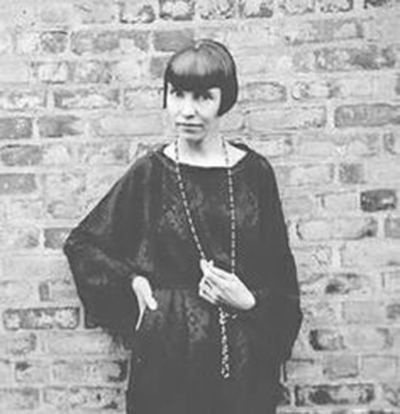
Gág’s work in her exhibition at the Weyhe gallery in 1928 interested Ernestine Evans, director of Coward-McCann’s new children’s book division. Evans was delighted to learn that Gág had children’s stories and illustrations in her folio. Evans asked her to submit her own story with illustrations. The result was Millions of Cats, a story developed from one that she had written to entertain the children of friends a few years earlier. Published later that year, it won the Newbery Honor award, a rare achievement for a picture book. Gág is widely considered to be a pioneer in the development of the picture book form. Prior to Millions of Cats, illustrated books had text on the left page separated from the pictures on the right. Gag combined pictures and text, stretching pictures onto more than one page. Cats is also on the New York Public Library's 100 Great Children's Books list. In 1935 Gág published the “proto-feminist” Gone is Gone; or, the Story of a Man Who Wanted to Do Housework. To encourage the use of fairy-tale stories, Gág translated and illustrated Tales from Grimm in 1936. Two years later she did the same with the Grimm story Snow White and the Seven Dwarfs as a reaction against the “trivialized, sterilized, and sentimentalized” Disney movie version. Her essay I Like Fairy Tales was published in the March 1939 issue of The Horn Book Magazine. In 1942, Nothing at All received a Caldecott Honor Award. More Tales from Grimm appeared posthumously in 1947. Four of her translated fairy tales were later released individually with new illustrations by Margot Tomes.
Family and personal life
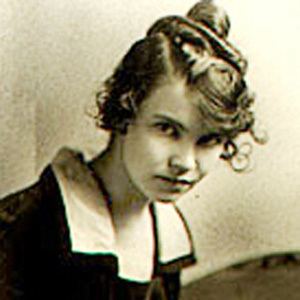
Gág liked to live and work in the country. In the early 1920s she would spend her summers drawing at various locations in rural New York and Connecticut. She rented a three-acre farm (“Tumble Timbers”) in Glen Gardner New Jersey from 1925 to 1930 and later purchased a larger farm (“All Creation”) in Milford, New Jersey in 1931. She continued to support her unmarried adult siblings, some of whom lived with her from time to time. Wanda’s brother Howard did the hand lettering for most of her picture books; she also encouraged her sister, Flavia Gág, to write illustrated books for children. In addition to her long-time paramour and business manager Earle Humphrey, Gág had other lovers, at times simultaneously: Adolph Dehn, Lewis Gannett, Carl Zigrosser, and Dr. Hugh Darby. She married Humphrey August 27, 1943. In 1946 Gág died from lung cancer in New York City.
Awards and memorials
Gág was honored by The Horn Book Magazine in a tribute issue in 1947. Gág’s papers, manuscripts and matrices are held in the Kerlan Collection at the University of Minnesota, The New York Public Library, The University of Pennsylvania, The Free Library of Philadelphia and the Minneapolis Institute of Art. Her childhood home in New Ulm, Minnesota has been restored and is now the Wanda Gág House, a museum and interpretive center which offers tours and educational programs. Wanda was posthumously honored with The Lewis Carroll Shelf Award in 1958 and The Kerlan Award in 1977. The Wanda Gág Read Aloud Book Award is awarded each year by the University of Minnesota, Moorhead. In 2016 a memorial bronze sculpture of Gág and one of her cats was erected in New Ulm, Minnesota.
Books
Writer and illustrator:
Translator and illustrator:
Illustrator only:
Translator only:
